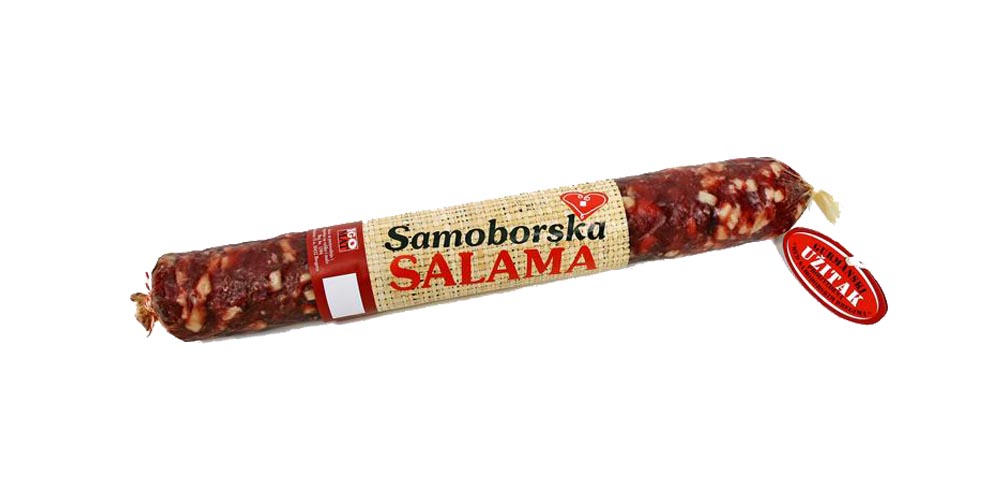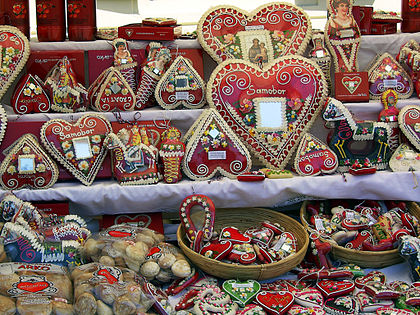Rich gastronomic tradition

Samobor is also a city with a rich gourmet tradition, and its rich and varied offer attracts food lovers from various parts of the world. There are few tourists and visitors who leave Samobor without trying the local specialties and the famous Samobor kremšnita. Enjoy your meal!
The city of crafts and artisans

Samobor has always been known for its rich craft tradition. Thanks to numerous family crafts, many products of traditional craftsmen, such as durable biscuits, mead and gingerbread, and hand-cut crystal, can be found in modern homes. Handicraft shops are waiting for you to visit them.
Coming to Samobor and not encountering handicrafts, souvenirs or making a deal is a real art. The citizens of Samobor have long been known as excellent, hard-working craftsmen who work honestly and with quality.
It is believed that already in the 16th century the town had a well-established guild system, and the number of craftsmen has always been significant: in 1754 there were a total of 148 craftsmen in 28 different professions, and in the 19th century almost every third resident was a craftsman. However, it is important to note that the locals were also engaged in agriculture, which is evident from the way the old houses were organized - crafts at the front and a garden at the back with domestic animals.
Millers, tanners, hatters, bootmakers, glaziers, locksmiths, blacksmiths, smiths, crystal makers; over time, some of these professions disappeared, but some are very much alive in Samobor, where numerous products are made in small family factories; glass, ceramics, crystal, auction houses, candles, hand-painted souvenirs, metal fences, wooden doors, cosmetics, gastronomic packages with local specialties. It is enough to walk around the city and everything is available. Or even better; sit down in a Samobor restaurant, pour a glass of domestic wine or bermet.
Samobor bermet

Samobor Bermet has been linked to Samobor for centuries. Bermet as a refined aperitif is indispensable as a start to dinner or as a relaxing drink in good company, and although the ingredients are more or less known, the method of preparation is specific to each family that produces it, so Samobor Bermet differs in bitterness or sweetness. It is made from red wine and selected ingredients of fruits and herbs.
At the beginning of the 20th century, bermet was a common part of the domestic production of alcoholic beverages. Milan Lang wrote about bermet in the famous ethnographic monograph of Samobor. In Lang's recipe, carob, dried figs, candied sugar, nutmeg and other spices are added to the grapes (Lang doesn't specify which ones, but notes that it can easily give you a headache).
Several different recipes for bermet are offered in the literature, which is always an indication of the popularity of the drink, so it is likely that almost every family (who kept it to themselves) had their own version of bermet. Some recipes, for example, mention raisins, quinces, lemons, oranges, cinnamon or even sliced horseradish, and they all have bitter wormwood and candied sugar in common. After all, bitterness is always easier to bear with a little sweetness. (source: Food and drink, July 2016)
Recipes for making bermet date back to the beginning of the 19th century, and such production is still cherished today. It was once used as a medicine, and today it is an indispensable aperitif on the gastronomic scene that can be tasted in bars in the city of Samobor, but also in the whole of Croatia.
Samobor custard pie
It deserves a separate article - coming soon!
Reference:



